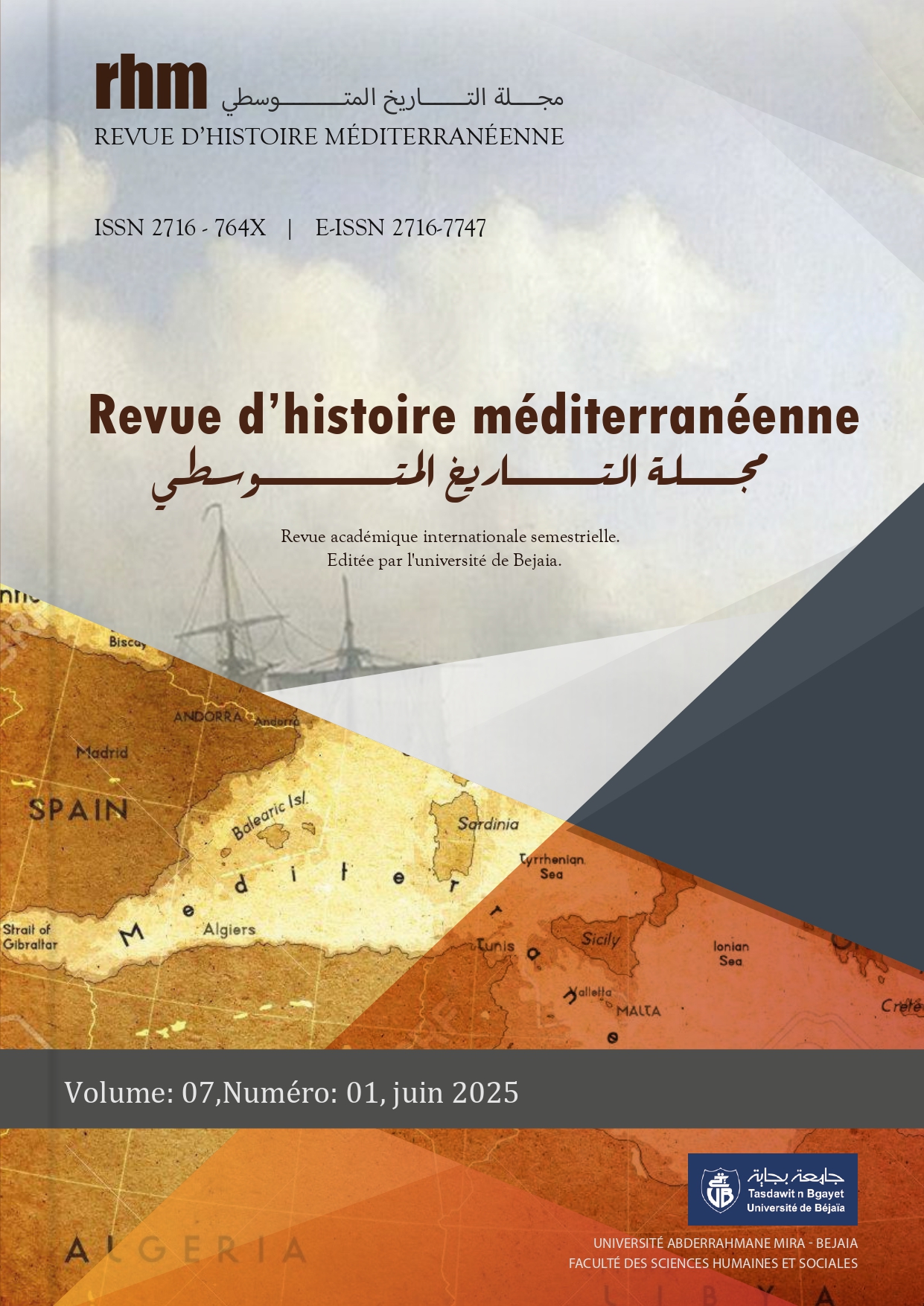A New theory about the history of Thamudic Arabic script: A study in light of the Thamudic inscriptions accompanied by extinct animals in KSA
Une nouvelle théorie sur l'histoire de l'écriture arabe Thamoudique : une étude à la lumière des inscriptions thamoudiques accompagnées d'animaux disparus en Arabie Saoudite
Abstract
This study questions until recently held assumptions that Nabataean script was a direct ancestor of Arabic script. Instead, this work argues that the earliest recognizable form of Arabic script is represented by the Thamudic script. The study focuses on a lacuna in academic literature in understanding the development of Arabic script and is often marked by a bias towards Eurocentrism when addressing Nabataean influence. By reassessing chronology and cultural context for Thamudic inscriptions, this work bases an alternative hypothesis rooted in a localized Arabian model. This study comesn therefore, to examine a large dataset of Thamudic inscriptions and associated petroglyphs of extinct fauna such a aurochs and wild deer based on data collected through archaeological, geomorphology, and zoology sources. The main stress is put on important archaeological sites in Saudi Arabia, in particular Al Hail, Al-Qaraa, and Al-Ula. These sites are used as a key case study to evaluate the simultaneous occurrence of Thamudic script and environmental conditions during the Holocene Humid Phase (8000–4000 BCE), a time when climatic conditions were favorable to have augmented vegetation, ample water resources, and a wider variety of fauna across the Arabian Peninsula.
In performing a comparative examination of both paleoclimatic and epigraphic evidence, this study explains how the Thamudic script existed simultaneously with long-extinct species thriving in lush landscapes a few centuries before the onset of the Nabataean script. This places the origins of the Arabic script in a cultural setting of the previous Neolithic period, as opposed to the late first millennium BCE. The occurrence of inscriptions declaring ownership and animal illustrations explains how the script was used in economic enterprise and day-to-day affairs of primitive Arabian societies.
The results are in need of an overall reassessment of the geographical and chronological parameters surrounding the history of the development of Arabic script. The information presented supports the view of script in Arabia as an autochthonous phenomenon and not merely a simplified modification of external writing systems. This study thereby contributes to the cultural value of the Arabian Peninsula, especially contemporary-day Saudi Arabia, to the history of writing. Additionally, this paper highlights an urgent need for a decolonized and interdisciplinary approach to Arabian archaeology to reinsert into mainstream discussions of early literacy and civilization the region’s oft-neglected writing inscriptions, landscapes, and material culture. By highlighting the Thamudic tradition, this study reinstates Arabia not merely as a peripheral member to script culture but more importantly as a contributing factor to the advancement of Semitic writing systems.










